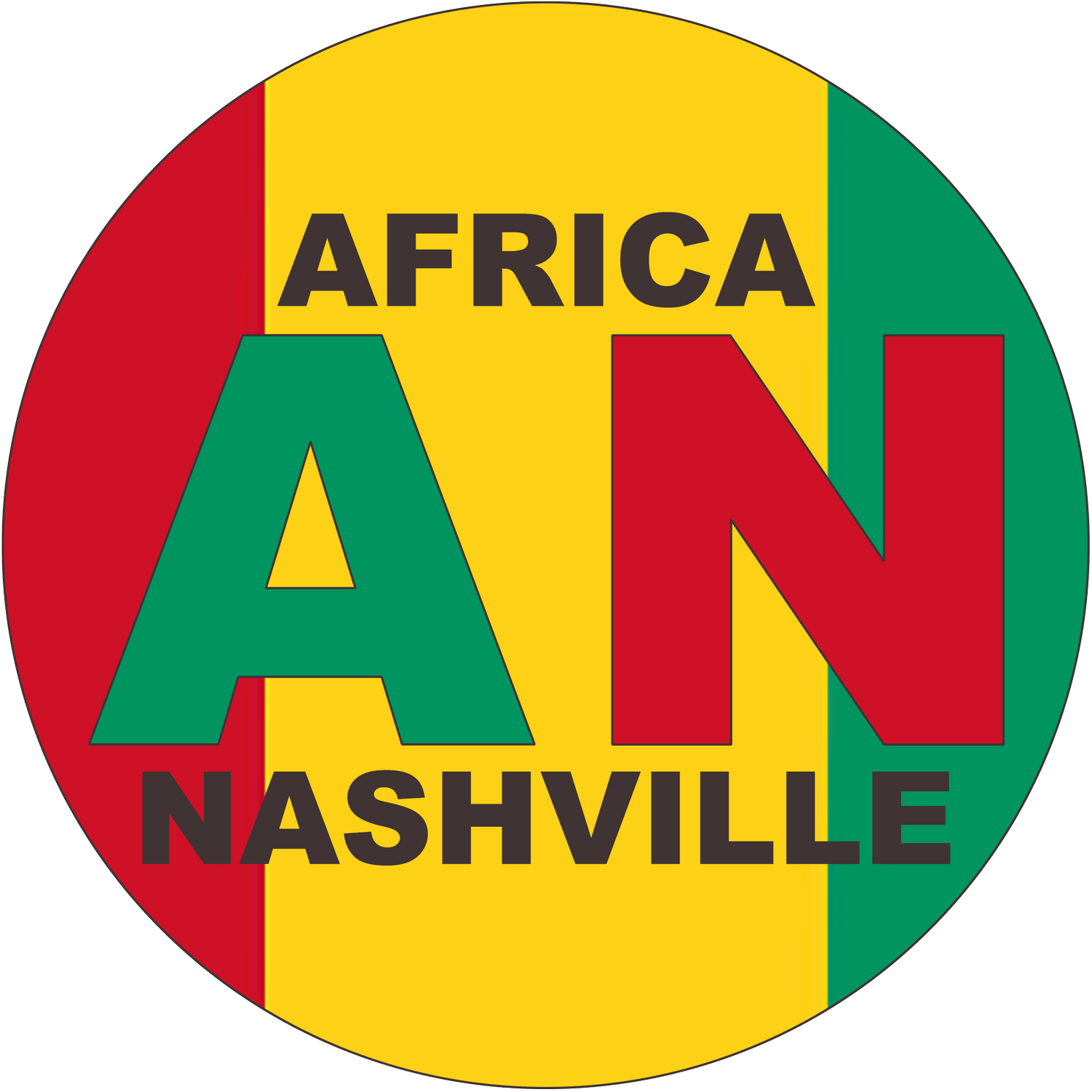Why African Dance?
“These are some of my thoughts and reasons why I believe that practicing dances from West Africa - and probably all of Africa - are beneficial to every dancer in training. Truly American dances, such as jazz, tap, hip hop, musical comedy, all have African roots, later combined with European styles. Any choreographer that uses these styles in their work will immediately notice those who have or haven’t trained in African or African diaspora dances and this can really be an advantage for those dancers who have. It’s also a great way to enlarge ones’ vocabulary and ability to be both grounded and light when dancing ballet or other Western dance styles.”
- Windship Boyd (AfricaNashville Co-founder)
-
Since music is usually played live, there is an interdependency between the dancer and drummer which creates a real symbiosis. Instead of working with counts, dancers and drummers take signals from each other. (Even when learning/rehearsing without instruments,they ‘sing’ those rhythms instead of counting them). Polyrhythms are also complex and in most gatherings there are at least 3 and usually more like 5+ drummers playing. This forces the dancer to be very attentive to the underlying beats. Specific steps accompany each rhythm and dancers then improvise using those steps while simultaneously following the drummers.
-
Practicing West African/Guinean dance improves ones’ capacity to move quickly. One of the most challenging aspects of this dance is being able to follow the music and improvise movements while still dancing at a sprint pace. These dance movements use the whole body, they are enormous and yet performed quickly. To move this quickly the body has to be relaxed yet tonic.
-
I consider Guinean dance to be the original cardio workout. It’s actually the most difficult aspect of the dance for me personally. It’s a sprint dance. Most choreographies are often very short and intense, as are solos.
-
Although there are many leaps and jumps in West African dance, the most important accents are down. Usually danced outside in the dirt or on sand, the dancer has to feel the pulse of the movements in the ground to do this dance correctly. This helps them both physically and psychologically. In times of stress/stage fright, this is an important skill. Despite the incredible speed, the dancer remains grounded.
-
This dance is usually done in the circle with very little relation to the mirror. The dancer’s peers are the mirror in the ways they respond to their movements and energy. The feeling and energy they send out is much more important than the form of the movements. which remain very personal, and the responses of the group give an additional energy to the dancer.
-
West African music is polyrhythmic and constructed from simple building blocks. Similarly, the dance has a fundamental simplicity; it appears complex because of the intense speed and personal touch of each dancer. This simplicity allows the dancer (and musician) a lot of space to develop their own style. There IS an aesthetic, as in Western dances, but the place of the individual expression is just as important. Added to this is the fact that improvisational solos are the primary way each dancer expresses themselves within the circle. Each soloist wants to stand out, much like in a dance battle. In the end, individuality and community are in perfect harmony.
-
Since there is so much space for individual expression and the movements are so expansive, I personally have a real sense of concentration combined with free self-expression as I practice Guinean dance. It’s a unique feeling that I have not found in any other dance style I’ve done.
